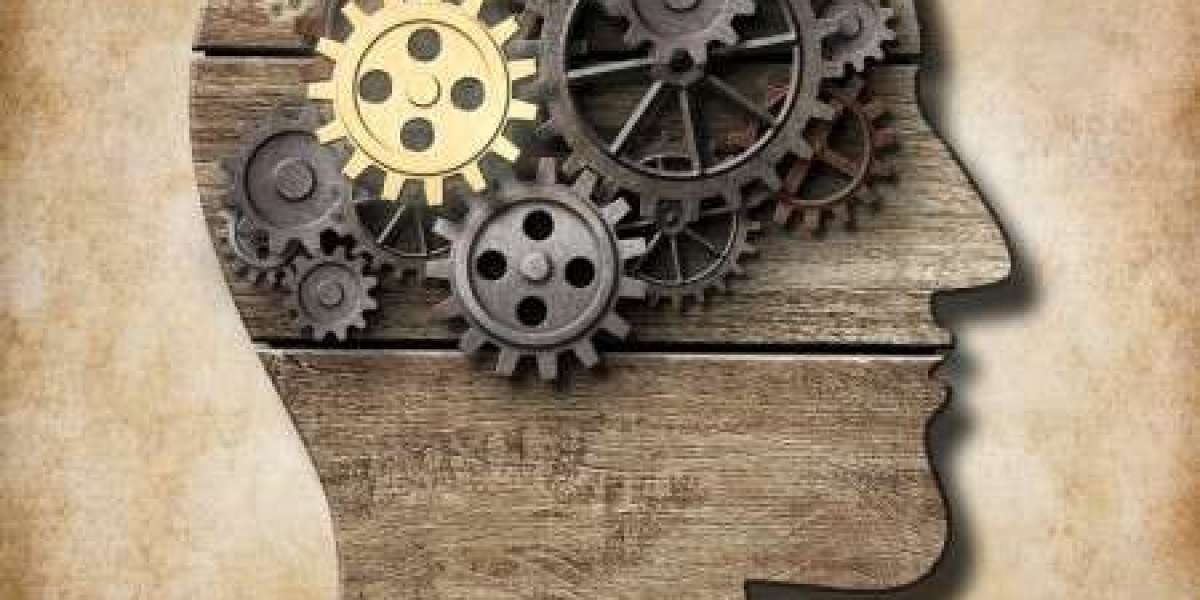Registration and Triage of Patients
The first point of contact for emergency patients is registration and triage. This process entails:
- Collecting patient details - name, demographics, medical history
- Quickly assessing the severity of patient injuries and conditions
- Assigning a triage category, so the sickest patients are seen first
Ideally, an electronic hospital information system or software is used to capture patient details. Barcode scanners and Radio Frequency ID (RFID) can accelerate registration. The Canadian Triage & Acuity Scale is often used to assign patients a category from 1 to 5, with 1 being the resuscitation category requiring immediate attention.
The registration and triage area should have comfortable seating for ambulatory patients. Wheelchairs and stretchers must be on hand for patients unable to walk. Having clear signage and efficient flow patterns helps reduce chaos when multiple patients arrive at once.
Prioritizing and Communicating Patient Status
The emergency department physician must prioritize which patients to see based on triage category and bed availability. Clear and timely communication of current patient load and acuity across nursing stations and hospital units is crucial for coordinating safe, prompt care. Modern hospitals utilize electronic data boards that display updated patient information in real-time across computers and mobile devices. Flags and alerts built into hospital software draw immediate attention to deteriorating patient stats or overcrowding issues.
Assessment and Stabilization Area
Rapidly assessing emergency patients provides vital diagnostic clues while important interventions can stabilize patient condition. Assessment areas need sinks, benches, diagnostic machines like ECG monitors, as well as intubation, oxygen, suction, and resuscitation equipment. Staff should be trained for competent evaluation and treatment of trauma, respiratory distress, cardiac distress, strokes, seizures, and major infections. If the hospital lacks certain specialists, telemedicine carts enable video consultations with offsite doctors.
Inpatient Care Units for Continued Treatment
For patients requiring hospitalization, coordinated transfer from the emergency department to appropriate inpatient units is vital. Updates to the patient's electronic medical record must be available to nurses and physicians that take over care. Patient transfer should occur quickly to free up ED resources for new emergency arrivals. Critical information like active medication orders, lab/diagnostic test results, allergy information, and any advance healthcare directives must accompany the patient.
Discharge and Follow-Up Instructions
Before patients leave the emergency room, staff provide clear written and verbal instructions covering medication regimens, upcoming appointments, signs/symptoms requiring immediate return to hospital, and contacting primary care physicians for continued care. Any prescriptions or take-home medical equipment should be prepared and issued. Follow-up phone calls allow hospital staff to check-in on discharged patients, as well as obtain valuable hospital feedback management on their ED experience.
Staff Training for Efficiency and Teamwork
working efficiently as an interdisciplinary team is vital for emergency room personnel. Training exercises should cover skills like:
- Rapid assessment modeled on common urgent scenarios
- Finding available beds and coordinating admissions transfers
- Prioritizing tasks and asking for assistance when overwhelmed
- Communicating critical patient updates clearly to the team
- Discharging patients smoothly with comprehensive instructions
Regular simulation drills prepare staff for rare but complex health crises like mass casualty events, dangerous infectious outbreaks, and pediatric emergencies. Mandatory continuing education ensures clinical skills and crisis protocols reflect current best practices.
Quality Improvement Using Patient Feedback Data
Patient experience surveys allow those treated in the emergency room to provide feedback on areas needing improvement. Structured input can be actively collected through post-discharge phone questionnaires and follow-up emails. Analysis of feedback data should inform better hospital processes and flow, updated patient education handouts, additional staff training to bolster compassionate service, and even minor environmental upgrades like more comfortable waiting room chairs.
Continually refining emergency response procedures is crucial. So learning from patient feedback and actual incidents via post-event debriefs helps a hospital strengthen care competencies.
Conclusion
Handling emergency patients is a dynamic and challenging arena requiring stellar teamwork. Efficient workflows combined with real-time data systems enable rapid, life-saving care in urgent cases. Dedicated training and quality improvement initiatives also ready hospital staff to deliver excellent emergency treatment. A structured approach allows hospitals to optimize care despite the inevitable chaos of an active emergency department.



